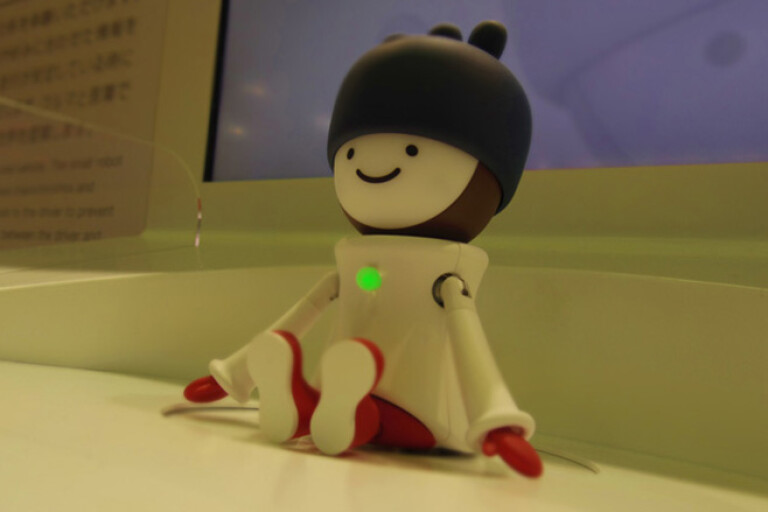
HONDA will use the world’s largest electronics show to reveal a car that it claims can read a driver’s emotions.
The Japanese carmaker will show the NeuV, “a concept automated EV commuter vehicle”, at January’s Consumer Electronics Show, the world’s largest technology showcase held each year at Las Vegas.
According to Honda, the boxy electric commuter car will feature artificial intelligence it calls the car’s “emotion engine”. There are few clues as to what Honda’s new in-car technology will do, other than the carmaker saying it will create “new possibilities for human interaction and new value for customers”.
Honda’s attempt to humanise the car is in recognition that driving cars is increasingly becoming a lonely, solitary affair.
Honda isn’t the first to look for a way to interact with the driver in the same way Knight Rider’s Kitt kept David Hasselhoff in check.

A few years ago, Denso – the offshoot of global carmaking giant Toyota – built a dashboard of the future that included a small, animated pop-up doll that interacts with the driver.
Denso’s Hana, as the doll is called, is planned for the dashboard of the future. Shown at the 2013 Tokyo motor show, Hana was designed to be a chatty, gesturing companion for the driver, trying to read the driver’s mood and respond accordingly.
Drive too fast, and the doll scolds the driver and asks them to slow down. Look likely to miss a turn, and Hana reacts by pointing in the direction you need to turn.
Jaguar has revealed it is working on making its cars more intelligent. It plans to develop vehicles that learn your habits, including how and where you drive, and even your favurite radio stations that it can automatically tune into. It can then take over some of the tasks it has learned from you, such as making a regular phone call or even sending an SMS to your boss if you’re running late for work.

The data the Jaguar collects is stored on the cloud, the generic name given to a web-based file server, which means all the things the car of the future learns about you – radio station preferences, seat and mirror settings and so on – transfer to whatever Leaper-badged cars you jump behind the wheel of.
Google, which is developing a self-driving car of its own, is the keynote speaker at next year’s Detroit motor show in January. The internet search and software company was invited to one of the world’s largest car shows mainly in recognition that cars are becoming more like supercomputers on wheels.
The importance of car-sharing also isn’t lost on carmakers, many of whom who see a future in short-term rental in space- and infrastructure-poor cities rather than outright car ownership.

The experiment to see how we can adapt to the idea of sharing cars has already kicked off. In Australia, Ford has paired up with a short-term car rental company to allow other drivers to borrow your ride while it is parked at the airport.
However, while cars will get smarter, the environments they drive in will need to keep pace. German luxury carmaker Audi has announced a trial for its vehicle-to-infrastructure service that, among other things, provides drivers with a countdown clock to show when a red light will turn green.
The only problem is, you have to move to Las Vegas – the only place in the world that Audi has installed the system – to try it.
COMMENTS